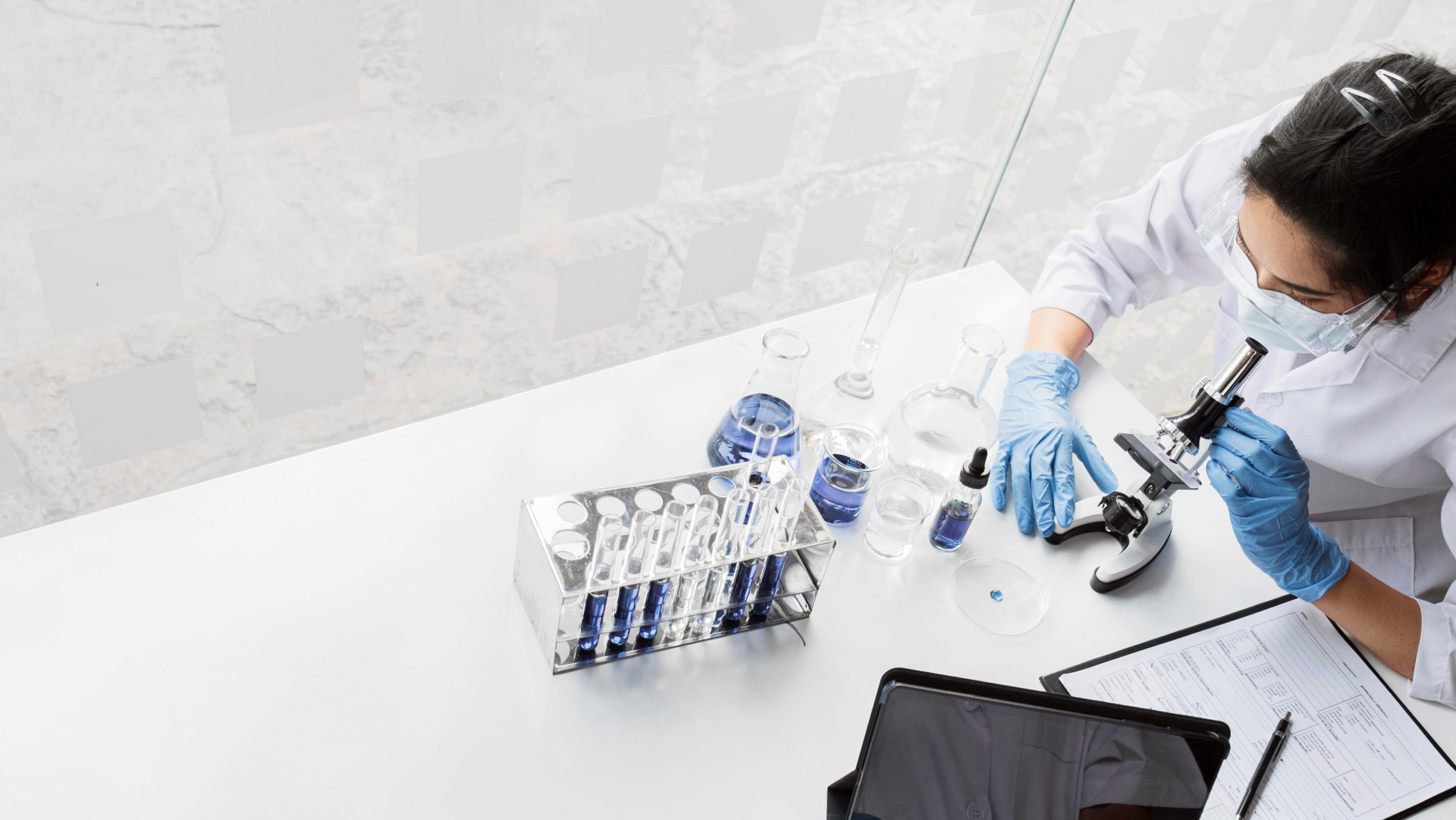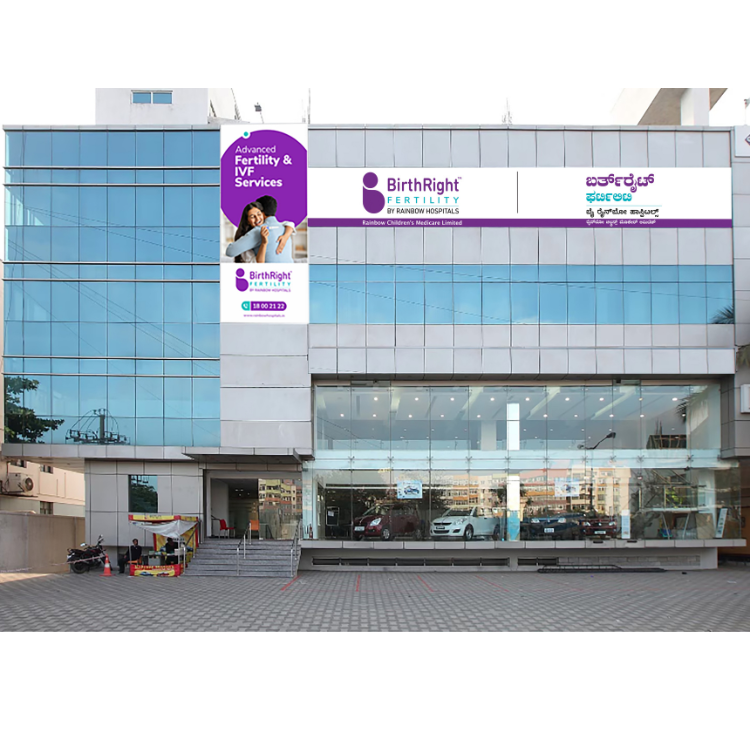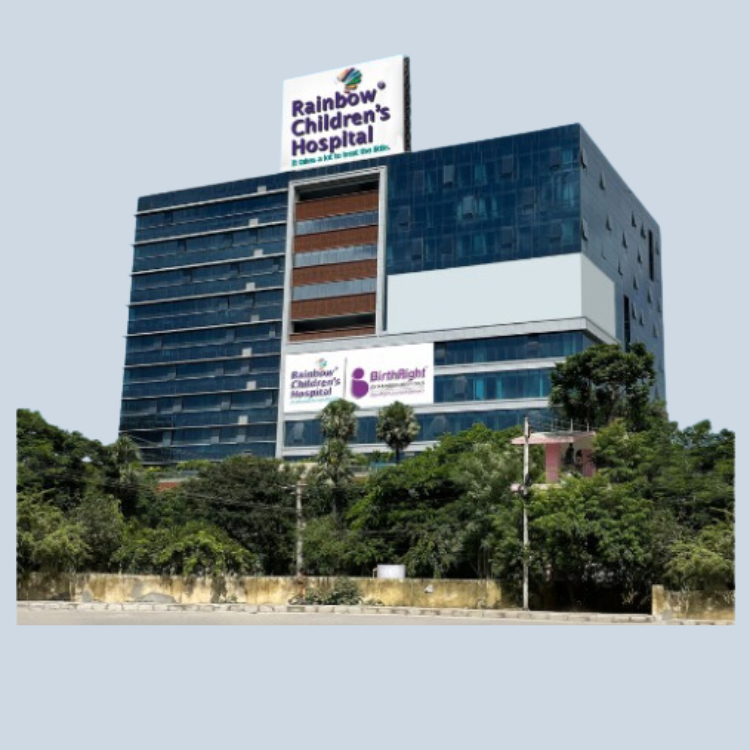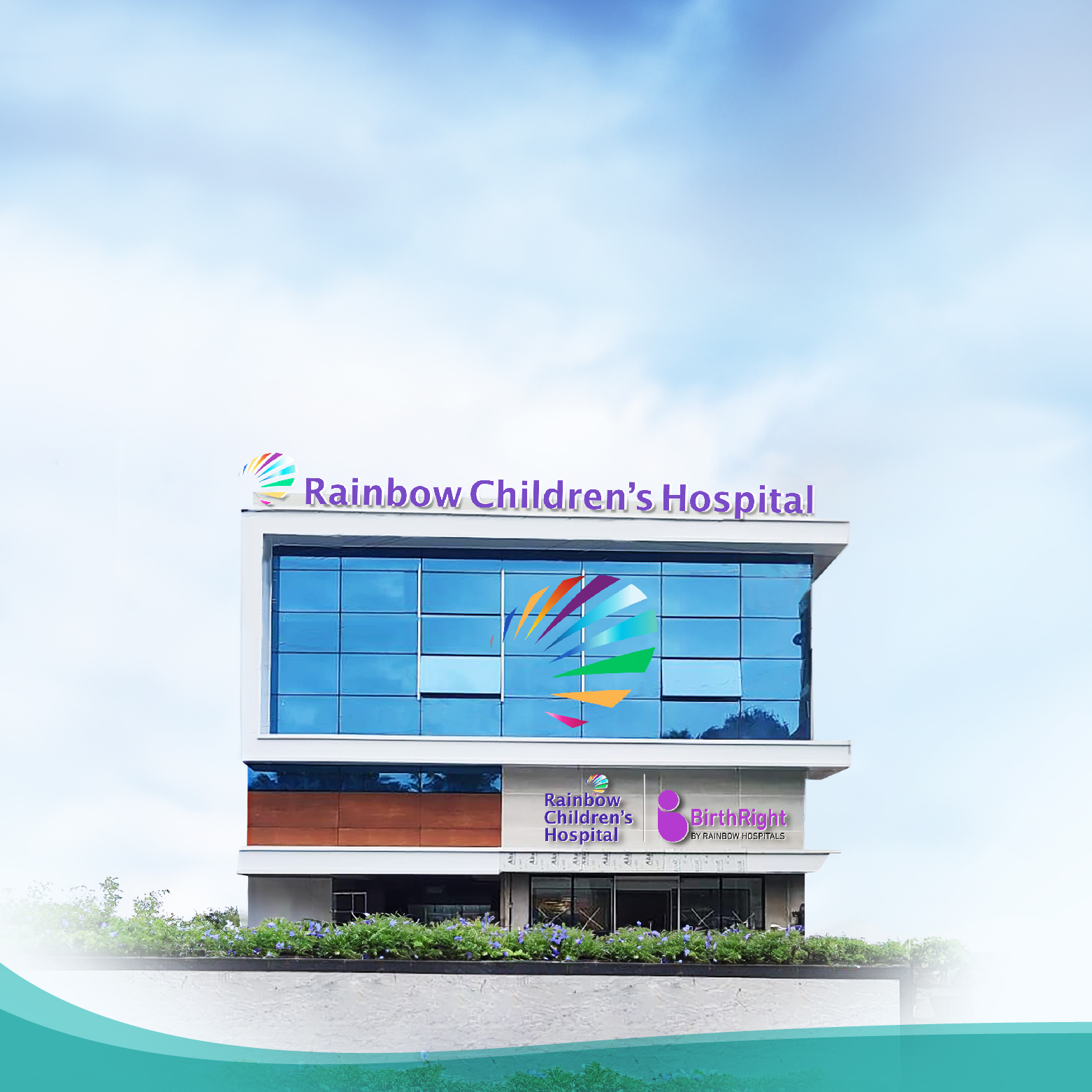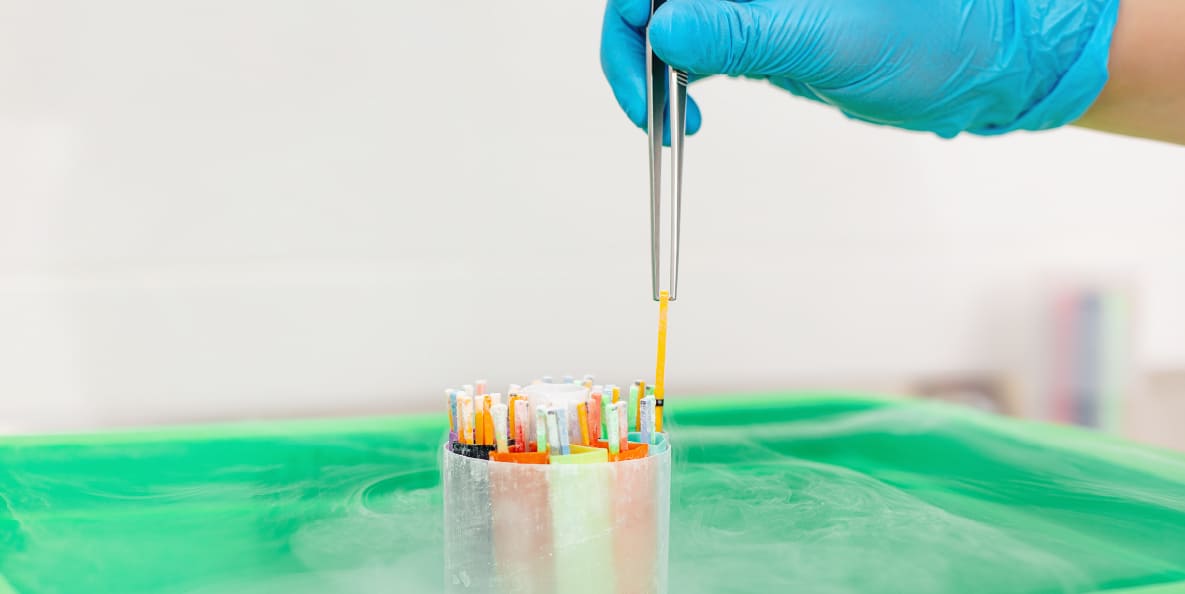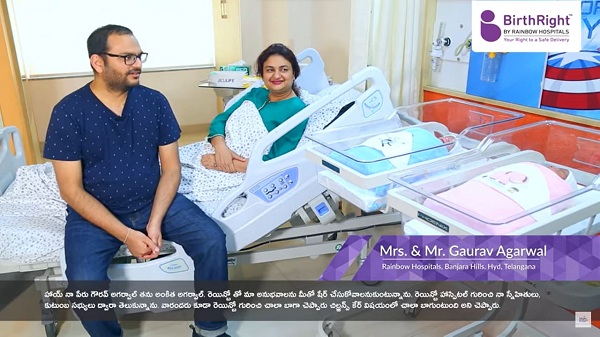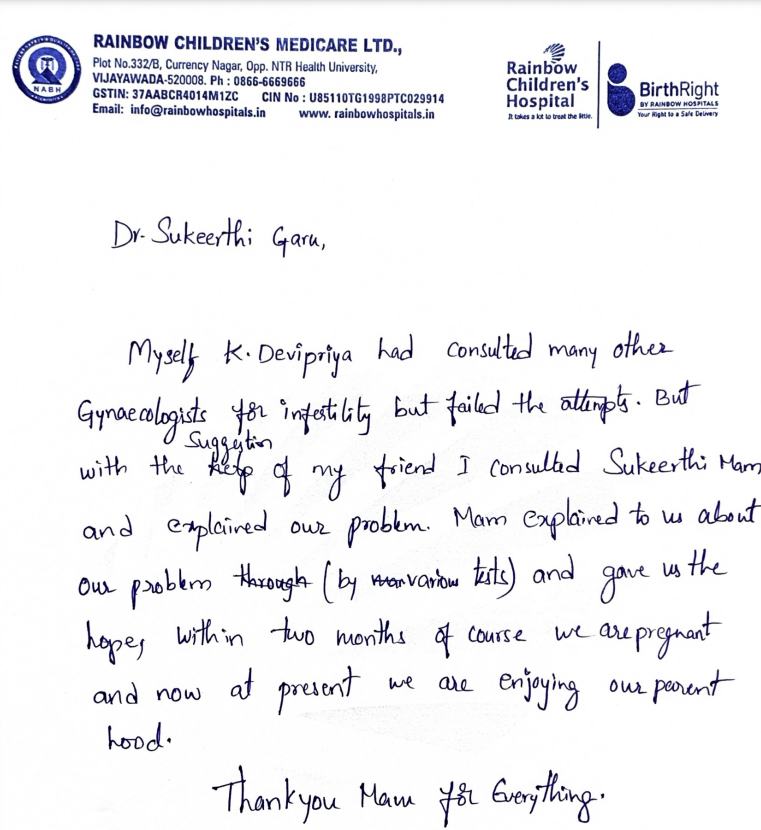Seamless support from diagnosis to post treatment care
Frozen Embryo Transfer (FET)
Infertility, characterized by a variety of underlying conditions, is not a disease but rather a challenge that numerous couples face. As medical and scientific advancements continue to progress, there are now various alternatives and treatments available for couples aspiring to have children but encountering difficulties conceiving naturally. One such effective treatment is Frozen Embryo Transfer (FET), known for its commendable success rates in aiding couples on their journey to parenthood.
FET holds the potential to bestow the gift of motherhood upon women. BirthRight Fertility by Rainbow Hospitals, possessing fertility specialists, employs cutting-edge technology and state-of-the-art facilities to customize the most effective treatment plans for couples striving to conceive.
In assisted reproduction, embryo transfer stands as a crucial step, involving the placement of embryos into a woman's uterus to facilitate pregnancy. This step is commonly employed in conjunction with In vitro Fertilization (IVF). Embryos for transfer can be freshly collected from the current menstrual cycle or retrieved from cryopreservation, where they were generated in a previous cycle. Utilizing frozen embryos, if thawed just before transfer, has demonstrated uniformly positive outcomes, with no heightened risk of developmental abnormalities or birth defects.
Frozen embryo transfer becomes a preferred option when the initial fresh embryo transfer proves unsuccessful or is intentionally avoided due to factors like hyperstimulation or endometrial considerations. Moreover, it serves as a viable choice for subsequent pregnancies and is instrumental in procedures involving embryo or oocyte donation.
The entire process of frozen embryo transfer is relatively straightforward, involving the thawing of frozen embryos before their placement into the uterus, either in a natural cycle or one supported by hormones to enhance the uterine lining. This meticulous approach ensures that each step is undertaken with precision and care, maximizing the chances of a successful conception.
..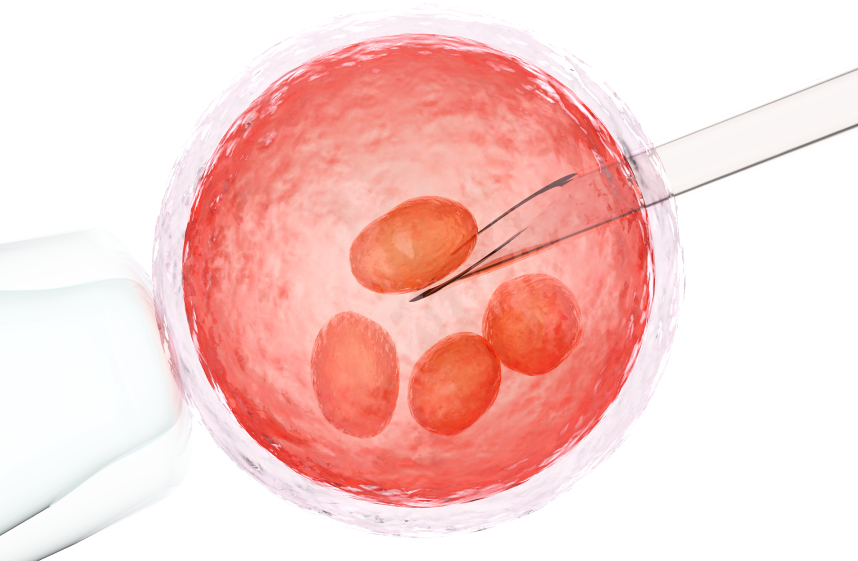
Find a Doctor
Expertise you can trust, Meet our esteemed doctors who bring exceptional knowledge, compassion, and innovation to provide top-notch care for your health and well-being.
Our Hospitals and ClinicsOur Hospitals and Clinics
Rainbow Children's Hospital stands as a testament to the hospital's continual pursuit of excellence and innovation, providing specialized care for women and children.
Request a Call back
Tap to Fill FormRequest a Call back
Blogs
Discover our most recent health articles provided by our reliable experts.
What Are People Saying About Us
Embark on a journey of inspiration and hope with our patient success stories, complemented by informative videos from our dedicated doctors.
Embryo freezing or cryopreservation is usually done at the blastocyst stage, on the fifth or sixth day of embryo development. Usually, a technique known as vitrification is used for this purpose. The process of vitrification involves the embryo being rapidly frozen to enter a glass-like state. The survival rate of embryos is more than 95%. The rate of pregnancy resulting from the use of frozen embryo is also great.
The process of embryo freezing has been performed for almost 40 years. There isn’t an exact known time for which the embryos can be frozen safely. However, there have been cases when pregnancy has been achieved even after the embryo was kept frozen for ten years. In all likeliness, it is possible to store embryos indefinitely.
You may opt to undergo a frozen embryo transfer cycle after an IVF cycle with the use of fresh embryo transfer was unsuccessful. If you have chosen to freeze the embryo, you can use it for future pregnancy. Hence, a frozen embryo transfer cycle may be used even after the previous IVF cycle with fresh embryo transfer resulted in a successful pregnancy.
If you no longer desire to store your frozen embryos, you have several options. In an ideal scenario, you can use them in a frozen embryo transfer cycle. If you decide on not having any future children, you can donate the frozen embryo to other couples wanting to have a baby. Another alternative option you have is to donate the frozen embryos for scientific research. Otherwise, frozen embryos may even be discarded as medical waste.
Studies conducted recently found that pregnancies resulting from frozen embryo transfer had better neonatal outcomes with longer gestational ages and higher birth weights for babies. Hence, it is safe to assume that the use of frozen embryo transfer cycles is at least as safe as using fresh embryo, if not better.
The success rate of frozen embryo transfer cycle is comparable to that of fresh IVF cycles. Factors like optimization of the uterine lining before implantation may even result in a better rate of success with frozen embryos. The primary success indicators are the same in both frozen and fresh IVF cycles, including the age of the woman when the embryo was frozen. A lot of patients wait for several years to attempt an IVF cycle after initially freezing their embryos. The time between embryo freezing and embryo thawing shouldn’t be a matter of concern. The potential for success with a frozen embryo transfer cycle is the same as that of a fresh IVF cycle.
The rate of pregnancy per frozen embryo transfer is 60% in women aged 35 or younger. As the age of the woman at the time of freezing increases, the pregnancy rate decreases.
Apart from the lower cost involved, a frozen embryo transfer cycle offers benefits like
- Less stress: As compared to fresh IVF cycles, frozen embryo transfer cycles are known to be less stressful, mainly due to the absence of factors like a response to ovarian stimulation, development of egg and growth of the embryo. Freezing high-quality embryos significantly improve the chances of success with frozen embryo transfer cycle.
- Less medication: Rather than ovarian stimulation medication, you would need to use progesterone and oestrogen for thickening the uterine lining to prepare it for embryo transfer and allow implantation. The ovarian stimulation is performed in the previous cycle, so egg retrieval isn’t needed with the use of anaesthesia.
When there are fewer cycle cancellations, cycles end up being more predictable. You can choose the day of transfer in advance, allowing us to then determine the date of cycle initiation.
If you are willing to undergo frozen embryo transfer, contact us and set an appointment with our doctors to discuss a potential frozen embryo transfer cycle. We will review your records for any necessary screening and medical testing. You will have to take progesterone and oestrogen to prepare for the cycle until the blood pregnancy test is performed.
Quick Links
- Best Fet Doctors In Hyderabad
- Best Fet Doctors In Bangalore
- Best Fet Doctors In Delhi
- Best Fet Doctors In Chennai
- Best Fet Doctors In Vijayawada
- Best Fet Doctors In Vizag
- Best Fet Doctors In Kondapur
- Best Fet Doctors In Banjarahills
- Top Fet Doctors in India
- Top Fet Doctors In Kondapur
- Best Frozen Embryo Transfer treatment at Anna Nagar, Chennai


